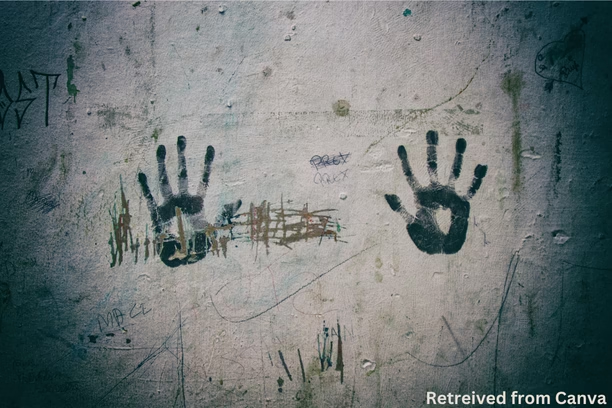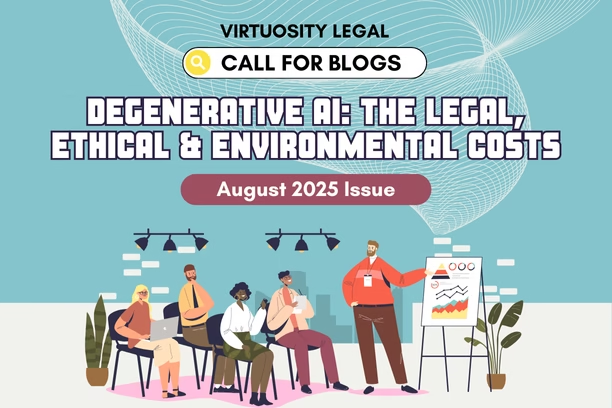Constitution
-

Witch-Hunting is Real. So Is Legal Apathy.
On the night of July 6th this year, in Tetgama village, Bihar, five members of a family, including three women, were brutally beaten and burned alive by a mob of nearly 200 villagers. The alleged reason: the family had been accused of practicing witchcraft following the death of a child. As per police reports, the…
-

Maternity Benefits at the Crossroads: Gender, Class, and Informality in India’s Labour Regime
The Indian Supreme Court has recently made two important rulings, K. Umadevi v. Government of Tamil Nadu[i] and Dr. Kavita Yadav v. The State[ii]. These decisions have significantly changed the legal framework regarding reproductive rights and maternity benefits in India. Instead of focusing only on employment, these rulings place maternity rights within a wider constitutional…
-

Algorithmic Bias And The Quest For Equal Justice In India
Artificial intelligence is also making inroads into India’s justice delivery system. Courts are looking at digital tools to help manage cases, predict outcomes, and even make decisions. The Supreme Court of India spearheaded projects such as SUPACE (Supreme Court Portal for Assistance in Courts Efficiency) to aid judges in legal research and sorting precedents, and…
-

Bodily Autonomy vs. State Control: Rethinking Abortion Rights in India
In September 2022, the Supreme Court in X v. Principal Secretary, Health & Family Welfare Department[i] held that unmarried women are entitled to terminate pregnancies up to 24 weeks under the Medical Termination of Pregnancy Act, 1971[ii] (“MTP Act”), recognising that marital status cannot dictate access to abortion services. The judgment was hailed as a…
-

Carceral Justice And Conjugal Rights: Addressing The Systemic Neglect Of Women Prisoners
Marriage has been upheld since time immemorial as the primary social institution, with conjugal rights forming its foundation. These rights, consisting of emotional companionship, cohabitation, and procreation, are considered key to the sanctity of marriage. But then arises the question as to whether the conjugal rights exist within the four walls of a prison cell.…
-

Intersecting Inequalities: Right to Education and Minority Identity in India’s Legal Framework
India’s legal system is founded on constitutional morality and social justice, and is concerned with balancing competing claims of individual rights and collective identities. Education, as a constitutional right[i] brings together many facets of identity (caste, religion, gender, language, and socioeconomic status), making it a site of valuable reconciliation. This blog examines how intersectionality shapes…
-

A Case for Recognizing Gendered Caste Discrimination under the ICERD and the Indian Law
A week before the whole world was about to celebrate the International Women’s Day, ironically with many people and national leaders in India even posting about it on social media, a court in Uttar Pradesh, released the three men accused of the brutal gang rape and murder of a 19-year-old Dalit girl in Hathras in…
-

A Slow Liberation For The District Judiciary | Prashant Reddy Thikkavarapu writes
Prashant Reddy Thikkavarapu is the Co-author of ‘Tareekh Pe Justice: Reforms for India’s District Courts’, published by Simon & Schuster, India. In the last month, there have been two judgments from two different High Courts, which have shone a bright light on the unfortunate manner in which the independence of the district judiciary is being…

